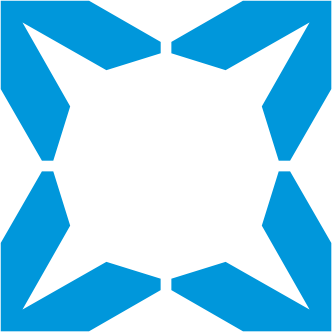Leaving the Critics Behind: Transitioning to Pragmatic Applications of Scientific Anomalies
William Bengston (SSE PRESIDENTIAL ADDRESS)
Society for Scientific Exploration
Institutionalized scientific resistance to novel ideas has been thoroughly discussed and documented. This has been most parsimoniously illustrated by Plank’s infamous dictum that “A new scientific truth does not triumph by convincing its opponents and making them see the light, but rather because its opponents eventually die, and a new generation grows up that is familiar with it.” In more sociological terms, the untested “background assumptions” (Gouldner) of a culture change to more resonantly accommodate the new ideas. Anecdotally, it appears as if a generational shift may be in progress, whereby the intractable knee jerk hostile reactions to their subject matter that so many in the SSE and PA have experienced are softening in the general culture. And while the academy may indeed remain the most conservative, lay persons and industry may have taken the lead in openness to innovative exploration. Of course, it’s possible that the academy may also finally be poised to shift by “advancing one funeral at a time” (Planck). Intellectual capital, though, is not just limited to abstract ideas, but also has practical applications. This can be illustrated in the area of anomalous healing. In many in vivo and in vitro experiments over the course of 35 years, I have demonstrated robust and reliable data that demonstrates beyond reasonable doubt that “healing” can happen, that dose is a factor, that healing proceeds non-linearly, that it is not fundamentally “energy” but “information” that is at work, that it is not correlated to a particular state of mind but functions more as an autonomic response to the need of the healee, to name but a few findings. I’m also working on the non-psychological components of placebo explained as an actual resonant bond between physically separated groups. And while the list of basic research questions regarding anomalous healing remains inexhaustible, my current research also includes the question of whether the healing effect can be “captured” and “reproduced” without the healer. In other words, can we store and independently deliver healing in a practical fashion? Selected current research on whether biological systems can recognize “stored” healing will be presented, along with work designed to test whether “recordings” of healing potential can bring about healing outcomes.





